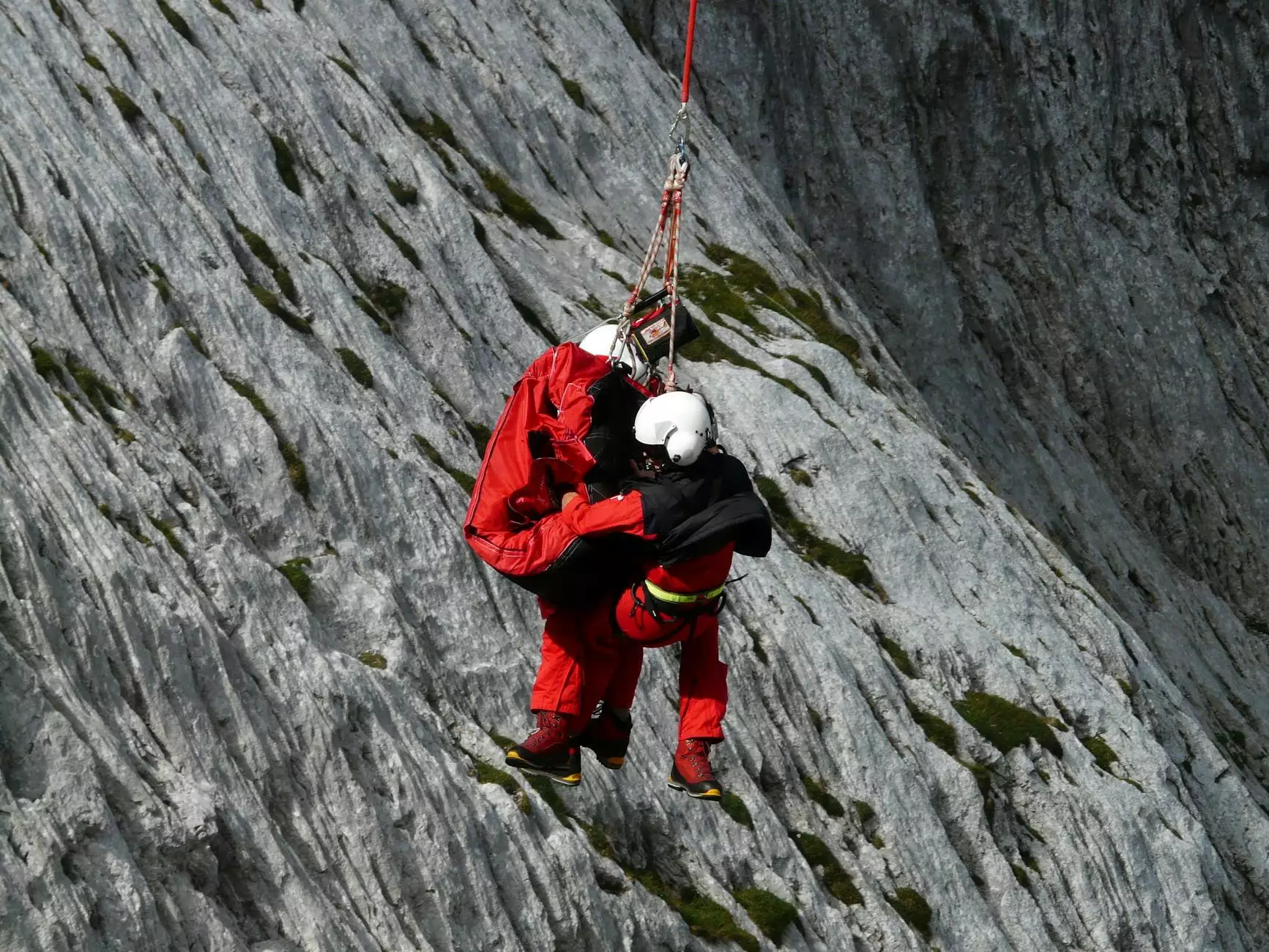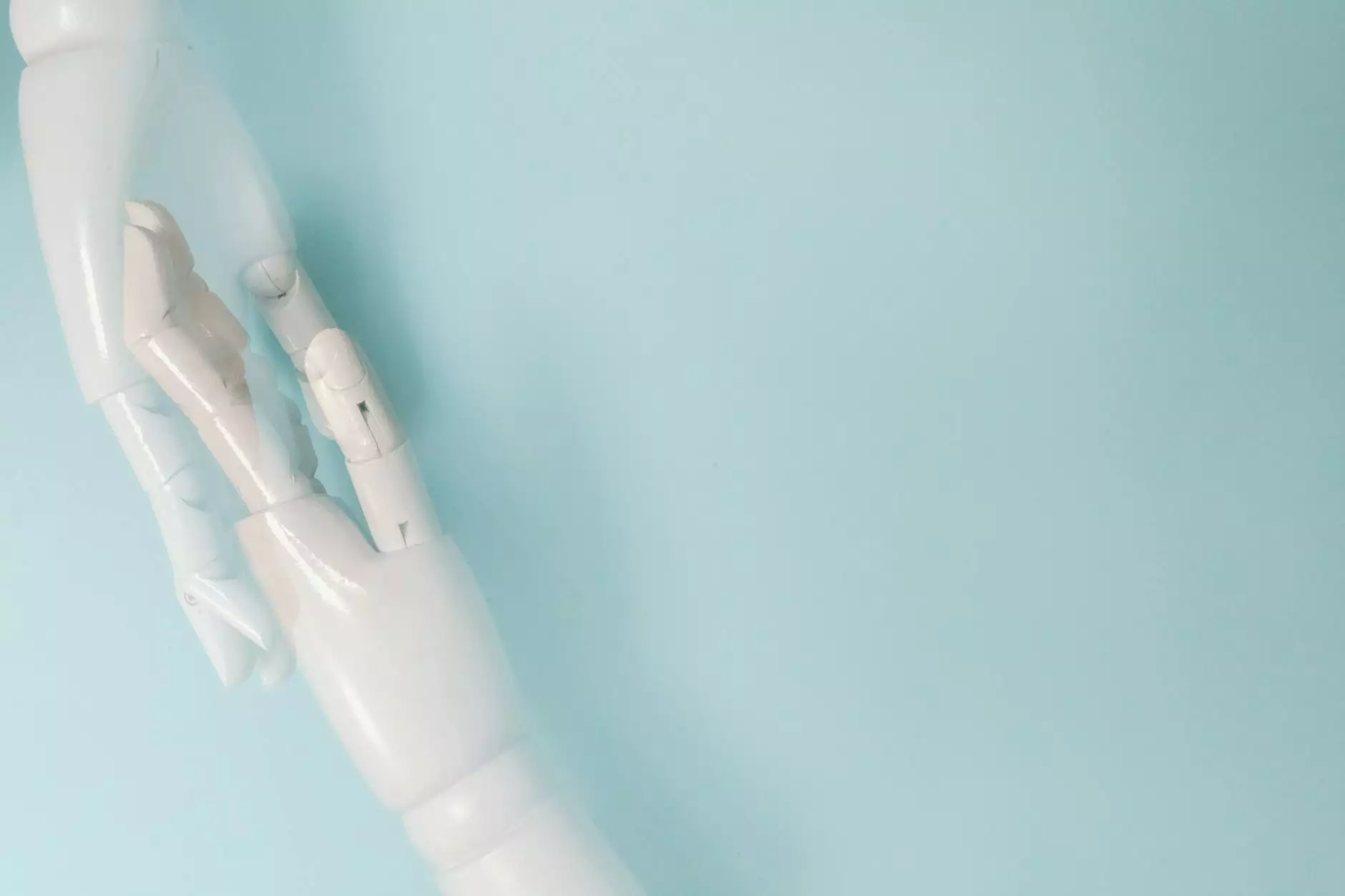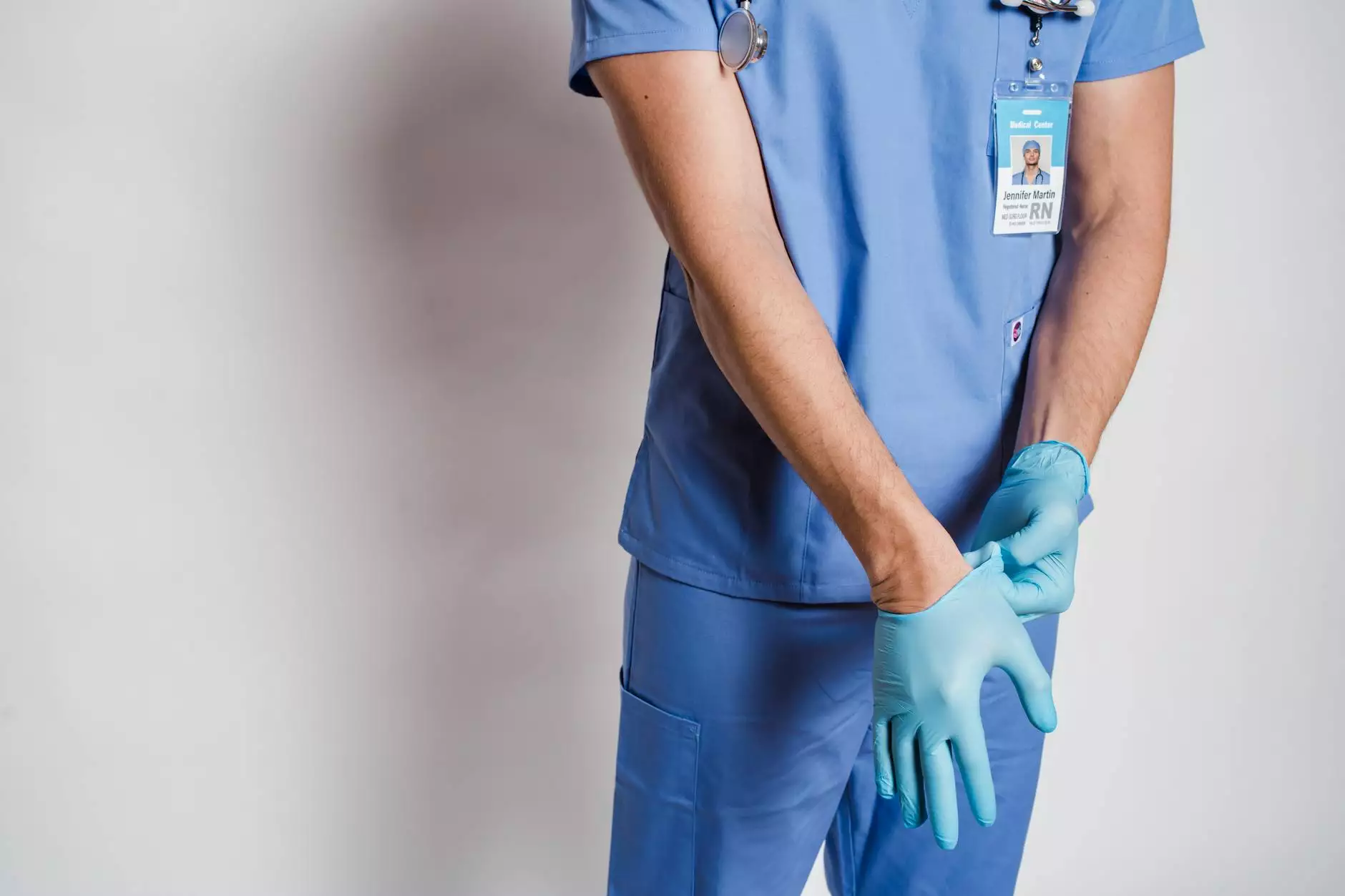The Importance of Chin Lift and Jaw Thrust Maneuvers
Services
Understanding the Basics of Tongue Jaw Lift
When it comes to emergency situations, knowing the proper techniques for a chin lift and jaw thrust maneuver can make all the difference in saving someone's life. One crucial aspect of this process is the tongue jaw lift, which plays a key role in maintaining an open airway.
Chin Lift Technique
The chin lift technique involves tilting the head back slightly by lifting the chin up. This action helps to prevent the tongue from obstructing the airway, allowing for easier breathing. Performing a chin lift is vital in situations where the individual is unconscious or having difficulty breathing.
Jaw Thrust Maneuver
The jaw thrust maneuver is another essential technique used to open the airway without hyperextending the neck. By grasping the angles of the lower jaw and moving it forward, you can help clear any obstructions and maintain a clear passage for air to flow into the lungs.
Proper Positioning
It's crucial to ensure that the head and neck are properly aligned when performing the jaw thrust maneuver. By stabilizing the head and gently moving the jaw forward, you can create a clear path for air to enter, facilitating effective respiration.
When to Use Chin Lift and Jaw Thrust Maneuvers
These maneuvers are primarily employed in emergency situations such as cardiac arrest, trauma, drowning, or any scenario where the airway may be compromised. Proper training and practice in these techniques can significantly improve outcomes and increase the chances of survival.
Importance of Training
For individuals involved in first aid, CPR, or medical emergency response, understanding and mastering the chin lift and jaw thrust maneuvers is essential. Regular training and refreshers on these techniques can help responders react quickly and effectively in critical situations.
Conclusion
Mastering the chin lift and jaw thrust maneuvers, including the tongue jaw lift technique, is imperative for anyone involved in emergency response. By familiarizing yourself with these life-saving techniques and practicing them regularly, you can be better prepared to handle respiratory emergencies and potentially save lives.









